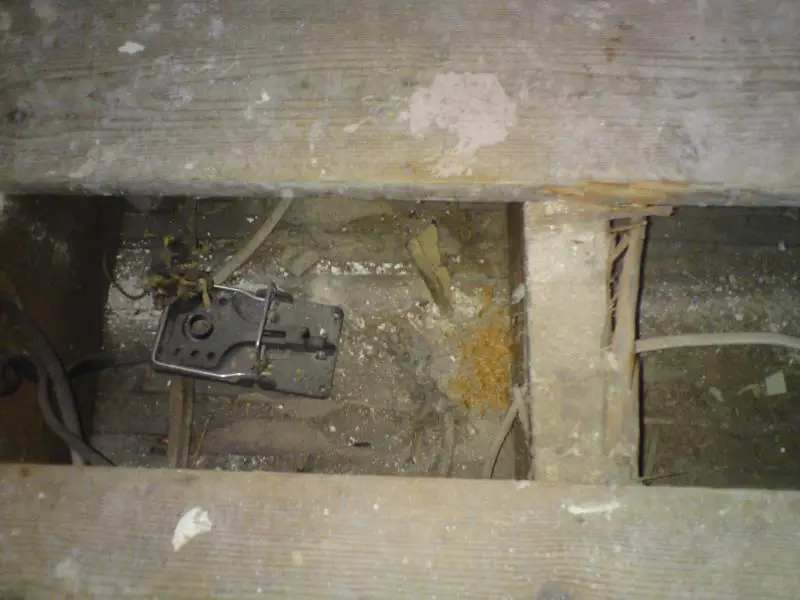Indeed - but, worse, it appears to be a recurring factor in far too many of the 'Air Crash Investigation'programmes.The sad story of Air France flight 447 being the notable modern example of that.
Indeed it is but, in the situation we're discussing, when the airgap is no more than a millimetre or two, the conductors flexible (and not under tension), and nearby rodents available to distrurb it, that 'insulation by air' is clearly not safe, yet is totally undetectable by IR measurements.Air gapping is a valid form of insulation in many forms of electrical and electronic work, especially when voltages are high.
Indeed - that seems obvious to me, but some seem to disagree. The examples you go on to mention are but examples of thousands one could think of.Much better to have learned your trade first, by hand, and then to use computers etc as a tool.
The sort of things that worry me most (and I've seen it a good few times) are situations in which, for example, an electrician records (and certfies as 'satisfactory'), Zs levels which, although 'compliant' (in terms of disconnection times) suggest a probable problem which ought to be investigated. In this case, it's not the use of technology which is the problem (it's actually been an aid) but, rather, that the individual has focussed too much on what the regs require of the measurement and not enough about what the high (but 'compliant') reading might actually mean.
Kind Regards, John


